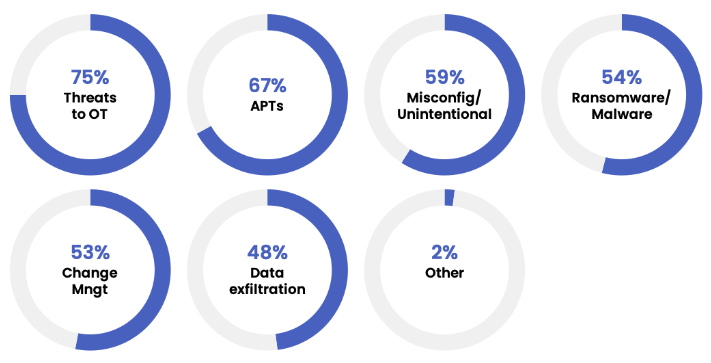A cyberattack on Sysco, one of the world’s largest food distributors, gave hackers access to the sensitive personal information of more than 125,000 current and former employees.
Offered under a malware-as-a-service (MaaS) model since 2018, Golden Chickens has been used by the Russia-based Cobalt Group and FIN6 cybercrime rings to target organizations in various industries, causing financial losses or more than $1.4 billion.
Accenture has made a strategic investment, through Accenture Ventures, in SpiderOak, a Reston, Virginia-based leader in zero-trust cybersecurity and resiliency solutions for next-generation space systems. The amount of the deal was not disclosed.
A newly discovered campaign related to the Bad Magic APT involved use of a modular framework dubbed CloudWizard. Its features include taking screenshots, microphone recording, keylogging, and more.
Secure remote access is essential for industrial organizations, but many employees who took part in a recent survey by Cyolo expressed concerns about the associated risks.
After BleepingComputer contacted Luxottica about the published data, the firm confirmed that the leaked data came from a security incident that impacted a third-party contractor holding customer data.
The Department of Justice revealed today that an 18-year-old man named Joseph Garrison from Wisconsin had been charged with hacking into the accounts of around 60,000 users of the DraftKings sports betting website in November 2022.
Dunghill sent an email to TechTarget Editorial with a link to a Tor site that allegedly contained 5 TB of sensitive corporate data, including emails, client documents, and the personal data of 10,000 Gentex employees such as Social Security numbers.
In a statement on Thursday to the Regulatory News Service — the formal mechanism for publicly listed companies in the U.K. to communicate to the market — Vesuvius said despite the episode, it had exceeded trading expectations.
The latest iteration of the Sotdas malware has emerged, showcasing a variety of innovative features and advanced techniques for evading detection. This malware family is written in C++. After achieving persistence and collecting system information, Sotdas leverages this data for optimizing resource utilization and initiating cryptomining operations.









